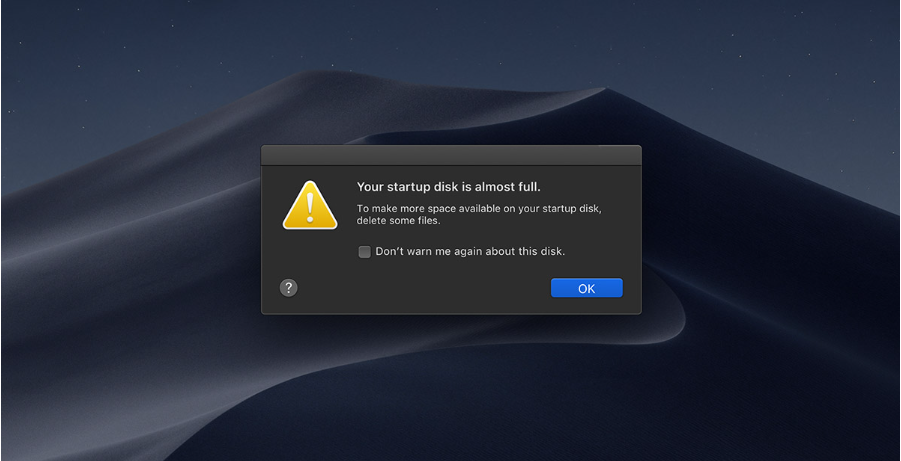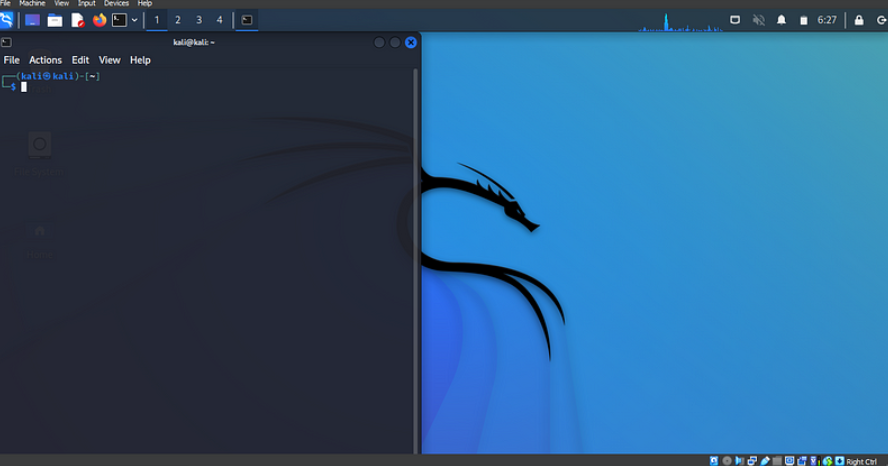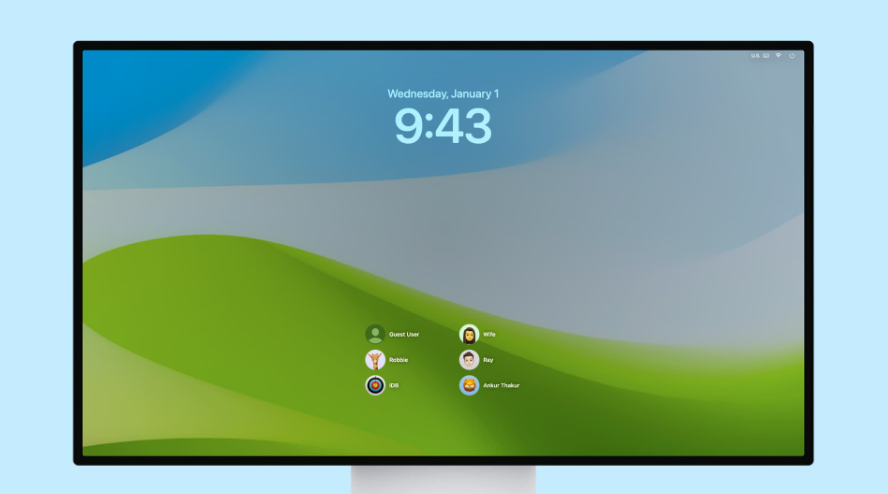
Troubleshooting Disk Space Issues on macOS
Efficiently managing disk space is essential for keeping your Mac running smoothly. Low disk space can slow down your system, cause crashes, and make it difficult to install new software or updates. In this guide, we’ll cover several techniques and tools to help you troubleshoot and resolve disk space issues on your Mac.
1. Use Disk Utility
Disk Utility is a built-in tool that helps you manage disks and partitions. You can use it to check disk space usage and perform repairs when necessary.
2. Check Storage Overview
Go to the Apple menu > About This Mac > Storage to see a breakdown of your disk space usage, categorized by file types.
3. Remove Unnecessary Files
Make it a habit to regularly delete temporary files, caches, and old downloads. Use Finder and the Trash to permanently remove these files from your system.
4. Clear Browser Cache
Web browsers store cache files that can take up significant space. Clearing your browser’s cache periodically can free up valuable disk space.
5. Manage Mail Attachments
Email attachments can consume a lot of space. Save important ones locally and delete unnecessary attachments from your email client.
6. Delete Unused Applications
Uninstall apps you no longer use by going to the Applications folder or Launchpad and removing them completely.
7. Use Storage Optimization
Enable the storage optimization feature in System Preferences > Apple ID > iCloud > Manage. This automatically moves older files to iCloud, freeing up space on your Mac.
8. Clean Desktop Clutter
Files and folders stored on your desktop can take up space. Move them to appropriate folders to keep your desktop organized and free up space.
9. Empty Trash Regularly
Files in the Trash still take up space until you empty it. Be sure to empty the Trash frequently to fully free up disk space.
10. Monitor Downloads Folder
Check your Downloads folder regularly and move or delete files that are no longer needed.
11. Analyze Disk Usage with DaisyDisk
DaisyDisk is a third-party tool that gives you a visual breakdown of your disk space usage, making it easier to find and delete large files.
12. Use Terminal Commands
Advanced users can use Terminal commands like “du” and “df” to analyze disk usage and find large files or directories that are consuming space.
13. Disable Time Machine Snapshots
Time Machine’s local snapshots can take up a lot of space. If you’re running low on disk space, consider disabling local snapshots.
14. Clear System Cache
Use Terminal commands or third-party tools to remove system caches that can accumulate and consume unnecessary space over time.
15. Remove Unnecessary Language Packs
macOS includes language packs for different languages. If you don’t need them, removing unnecessary ones can save several gigabytes of space.
16. Disable Hibernation
MacBooks reserve disk space for hibernation. If you don’t use hibernation often, you can disable it using Terminal commands to reclaim that space.
17. Monitor System Logs
System logs can grow large over time and take up disk space. Use Console or third-party tools to monitor and manage them.
18. Compress Large Files
To save space, you can compress large files or folders using Finder’s built-in compression feature or third-party utilities.
19. Optimize Photos Library
If you use the Photos app, enable “Optimize Mac Storage” in Photos > Preferences > iCloud to reduce the size of your photo library.
20. Use External Storage
Offload large files or folders to external storage devices like USB drives or external hard drives to free up space on your Mac.
21. Check for System Updates
MacOS updates often include optimizations and bug fixes that help improve disk space management. Make sure your system is up to date.
22. Manage Application Cache
Some apps generate cache files that can accumulate over time. Check application preferences or use third-party utilities to manage and clear app caches.
23. Disable FileVault
FileVault encrypts your disk, which can use additional space. If encryption isn’t necessary for you, disabling FileVault can free up space.
24. Monitor iCloud Drive Usage
If you use iCloud Drive, keep an eye on your storage usage and remove unnecessary files. You can also upgrade your iCloud storage plan if needed.
25. Seek Professional Help
If you’re unable to resolve disk space issues on your own, consider contacting Apple Support or a professional technician for assistance.
26. Monitor Application Updates
Sometimes, updates to applications can consume additional disk space, especially if they add new features or files. Check the release notes and monitor the impact of updates.
27. Clean Up System Preferences
Unused preference files can take up space. Use third-party tools or manually delete unnecessary preference files to reclaim disk space.
28. Analyze the Application Support Folder
The Application Support folder stores data and files used by apps. Analyze this folder to find and remove large files from applications you no longer use.
29. Check Spotlight Indexing
Spotlight indexing can take up space as it catalogs files on your Mac. Monitor Spotlight and exclude unnecessary folders from indexing to save space.
30. Optimize Virtual Memory Settings
When your Mac runs low on RAM, virtual memory (swap space) can consume disk space. Adjust virtual memory settings to optimize performance and disk usage.
31. Remove Old Printer Drivers
Old printer drivers that are no longer used can take up space. Remove them from the Printer & Scanner preferences.
Conclusion
By using the tips and tools mentioned above, you can tackle disk space issues and keep your Mac running smoothly. Regularly managing your disk space and performing simple maintenance tasks will ensure that your Mac stays fast and efficient. Start freeing up space today to improve your Mac’s performance and responsiveness.













